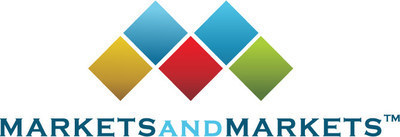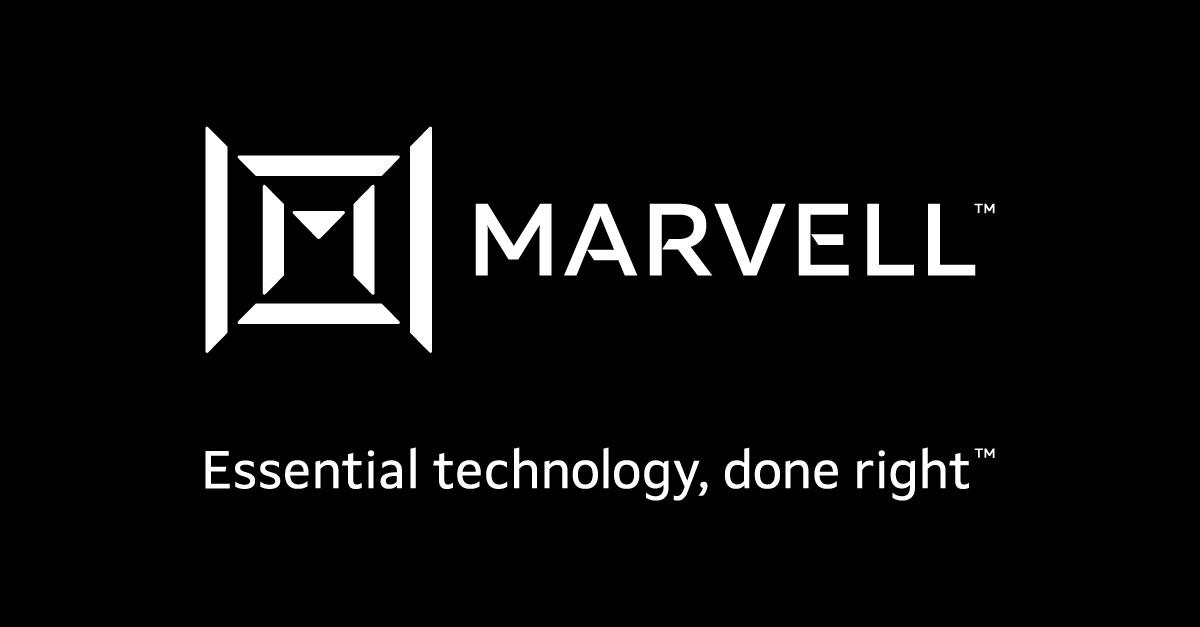DELRAY BEACH, Fla., April 28, 2025 -- The global Live Cell Imaging Market, valued at US$2.88 billion in 2024, is forecasted to grow at a robust CAGR of 8.68%, reaching US$3.13 billion in 2025 and an impressive US$4.75 billion by 2030. Ongoing advancements in imaging technology and the growing adoption of high-content screening techniques in drug discovery are major contributors to the growth of the live cell imaging market. Moreover, the rising global cancer cases and growing availability of research grants and funding further support this growth. Major players in this market are expanding their presence in emerging markets such as Asia Pacific, owing to the growth opportunities for live cell imaging in these regions. Increasing applications of HCS in personalized medicine are further offering new revenue streams for players operating in the live cell imaging market. However, complications related to image analysis and data management, along with the maintenance of cellular viability during research, pose challenges in the market.
Download PDF Brochure: https://www.marketsandmarkets.com/pdfdownloadNew.asp?id=163914483
Browse in-depth TOC on "Live Cell Imaging Market"
293 - Tables
50 - Figures
293 - Pages
By Based on offerings, the live cell imaging market is divided into products, software, and services. The product segment is further subdivided into instruments and consumables. In 2024, the product segment held the largest share of the live cell imaging market by offering. The large share of the product segment can be attributed to increasing demand for imaging systems such as microscopes, cameras, and cell analyzers along with the need for consistent use of consumables like reagents, dyes, and culture media. As research in cell biology, cancer, and drug discovery increases, laboratories and research institutions require reliable, high-performance equipment and a regular supply of consumables to support continuous experimentation and the growth of the live cell imaging products market.
By Based on technology, the live cell imaging market is segmented into time-lapse microscopy, fluorescence resonance energy transfer (FRET), fluorescence recovery after photobleaching (FRAP), high-content screening, and other technologies. The high-content screening technology registered the highest CAGR in the live cell imaging technology market during the forecast period. This growth can be attributed to the ability of HCS techniques to combine automated imaging with quantitative data analysis, which is essential for drug discovery and functional genomic analysis
By geography, The Live cell imaging market is divided into six regions: North America, Europe, Asia Pacific, Latin America, Middle East, and Africa. In 2024, Aisa Pacific registered the highest CAGR within the live cell imaging market during the forecast period. This growth is supported by the increasing investments in healthcare infrastructure, rising government support for life science research, and expanding biotechnology and pharmaceutical industries that are pushing the demand for advanced imaging technologies. India, China, and Japan are investing significantly in life science research, particularly in areas such as cancer biology, stem cell research, and drug development, and key players in the live cell imaging market are expanding their product presence in these emerging economies further supporting the growth of the Asia Pacific live cell imaging market.
Request Sample Pages : https://www.marketsandmarkets.com/requestsampleNew.asp?id=163914483
Key players in the live cell imaging market include Danaher (US), Zeiss Group (Germany), Nikon Corporation (Japan), Evident (Japan), Revvity (US), Sartorius AG (Germany), Agilent Technologies, Inc. (US), Thermo Fisher Scientific Inc. (US), Nanoentek (Korea), Bruker (US), BD (US), Merck KGaA (Germany), Bio-Rad Laboratories, Inc. (US), Tecan Trading AG (Switzerland), and Corning Incorporated (US), among others.
Danaher (US)
Danaher is a global science and technology company that operates through four main segments: Biotechnology, Life Sciences, Diagnostics, and Environmental & Applied Solutions. The Life Sciences division offers a strong portfolio of tools and technologies for live cell imaging. These solutions are mainly provided through two key subsidiaries: Molecular Devices LLC (US) and Leica Microsystems (Germany). These companies deliver advanced systems for capturing, analysing, and understanding live cells in real time, supporting research in drug discovery, cell biology, and disease modelling. Recent product developments have further strengthened the company's position in the live cell imaging market. In 2024, Molecular Devices launched the Image Xpress HCS.ai system, which combines fast image capture with AI-powered analysis. The system is designed for flexibility, allowing labs to upgrade components and work with 2D and 3D cell models. In 2024, Leica Microsystems released Aivia 14, the latest version of its image analysis software. Aivia 14 uses deep learning to help researchers automatically identify and analyse cells in complex 3D images, supporting up to 15 imaging channels simultaneously. The integration of artificial intelligence, modular design, and fast, high-resolution imaging into its products has helped Danaher researchers work more efficiently and gain deeper insights.
Agilent Technologies, Inc. (US)
Agilent Technologies, Inc. is a global company that provides instruments, software, and services for life sciences, diagnostics, and applied markets. In the field of live cell imaging, the company offers a range of advanced tools that support real-time monitoring and analysis of living cells. Key products include the BioTek Cytation 1 Cell Imaging Reader, which combines imaging and multi-mode detection in one system, and the xCELLigence RTCA MP instrument, which allows continuous, label-free tracking of cell behaviour. These tools are widely used in cell biology, drug development, and immunotherapy research. The company is dominating the market with its ongoing investment in scientific collaboration and innovation. In March 2025, the company awarded an Agilent Research Catalyst (ARC) Award to Columbia University to support research in cellular immunotherapy. Along with funding, the award includes access to several advanced Agilent instruments, such as the Seahorse XF Pro Analyzer, Cytation 1, NovoCyte Penteon Flow Cytometer, and others. These tools accelerate the development of new methods for producing and testing cancer-fighting T cells.
ZEISS Group (Germany)
ZEISS Group is a leading player in the live cell imaging market, offering advanced microscopy technologies through its Industrial Quality and Research segment. Its portfolio includes imaging systems such as the Apotome 3, LSM 9 series, and Elyra 7 with Lattice SIM², which support applications in cell biology research, stem cell differentiation, and cancer research. These systems provide high-resolution, multidimensional cellular data with enhanced clarity and speed. The company continues to innovate with features like Airy scan 2, LSM Plus, and multiplex imaging modes, improving imaging resolution and throughput. Its Axio scan 7 platform supports high-content screening with automated slide scanning, while correlative workflows combine fluorescence and electron microscopy for 3D molecular and cryo-imaging. The company also focuses on strategic partnerships to strengthen its market position. In 2022, it partnered with Medicines Discovery Catapult (UK) to accelerate drug development, and in 2024, it collaborated with Argolight (Isreal) to improve quality control in microscopy systems. ZEISS also engages in educational initiatives through workshops and webinars. For instance, the company will conduct a hands-on Live Cell Imaging Workshop in May 2025 at the Royal College of Surgeons in Ireland, Dublin. The event will feature live demos of advanced imaging systems like Lightfield 4D, Lattice SIM 3, and Lattice Light sheet 7, along with a session on ZEISS Arivis Pro for 3D/4D data analysis. With a global presence in over 50 countries, ZEISS supports both academic and commercial research in life sciences, focusing on innovation, AI-powered imaging, and seamless workflow integration.
Sartorius AG (Germany)
Sartorius AG is an international pharmaceutical and laboratory equipment supplier. The company has two primary business segments: Bioprocess Solutions and Lab Products & Services. The Lab Products & Services division offers laboratory balances, pipettes, and laboratory consumables, among others. Live cell imaging products are offered mainly by the Lab Products & Services division of the company. In March 2017, Sartorius AG acquired Essen Bioscience, Inc. (US), which develops and markets innovative real-time live cell imaging and analysis systems for drug research. The company has a widespread presence across the Americas, Europe, Asia Pacific, the Middle East, and Africa and has subsidiaries in more than 30 countries. Some of the company's subsidiaries include Sartorius Stedim Biotech S.A. (France), Sartorius Stedim North America Inc. (US), Sartorius Stedim UK Ltd., Sartorius Stedim Belgium N.V., and Sartorius Stedim India Pvt. Ltd.
For more information, Inquire Now!
Related Reports:
Get access to the latest updates on Live Cell Imaging Companies and Live Cell Imaging Market Size
About MarketsandMarkets™:
MarketsandMarkets™ has been recognized as one of America's Best Management Consulting Firms by Forbes, as per their recent report.
MarketsandMarkets™ is a blue ocean alternative in growth consulting and program management, leveraging a man-machine offering to drive supernormal growth for progressive organizations in the B2B space. With the widest lens on emerging technologies, we are proficient in co-creating supernormal growth for clients across the globe.
Today, 80% of Fortune 2000 companies rely on MarketsandMarkets, and 90 of the top 100 companies in each sector trust us to accelerate their revenue growth. With a global clientele of over 13,000 organizations, we help businesses thrive in a disruptive ecosystem.
The B2B economy is witnessing the emergence of $25 trillion in new revenue streams that are replacing existing ones within this decade. We work with clients on growth programs, helping them monetize this $25 trillion opportunity through our service lines – TAM Expansion, Go-to-Market (GTM) Strategy to Execution, Market Share Gain, Account Enablement, and Thought Leadership Marketing.
Built on the 'GIVE Growth' principle, we collaborate with several Forbes Global 2000 B2B companies to keep them future-ready. Our insights and strategies are powered by industry experts, cutting-edge AI, and our Market Intelligence Cloud, KnowledgeStore™, which integrates research and provides ecosystem-wide visibility into revenue shifts.
To find out more, visit www.MarketsandMarkets™.com or follow us on Twitter, LinkedIn and Facebook .
This News is brought to you by Qube Mark, your trusted source for the latest updates and insights in marketing technology. Stay tuned for more groundbreaking innovations in the world of technology.









